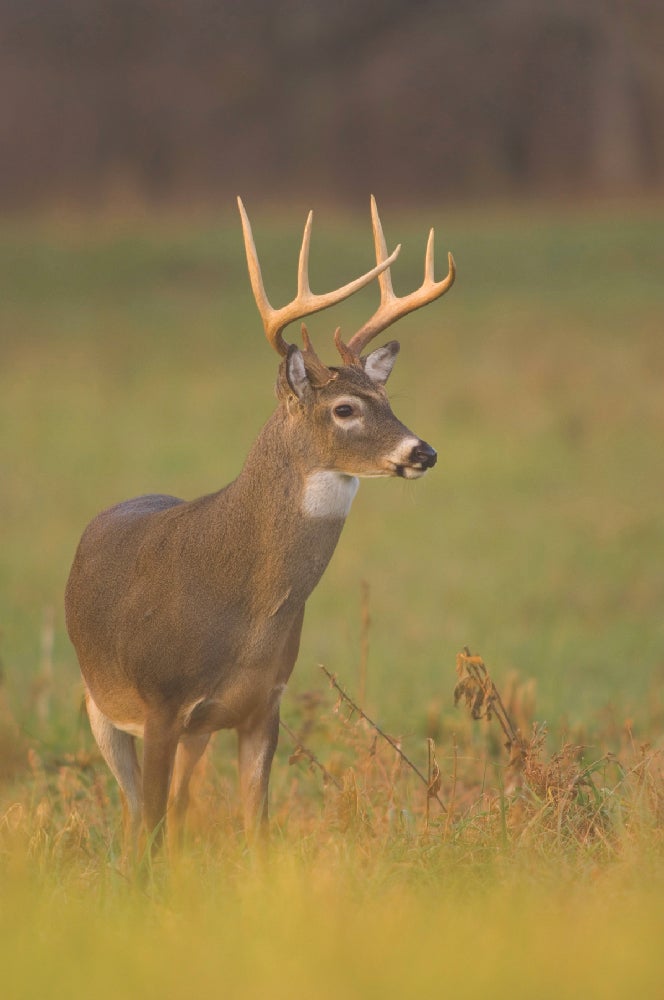All you wanted to know about social season for deer
Published 5:01 pm Tuesday, October 31, 2023

- Male deer grow and shed antlers annually. Tennessee Wildlife Resources Agency photo
|
Getting your Trinity Audio player ready...
|
By Steve Roark
Cumberland Gap National Historical Park
Socially, male and female white-tailed deer live separate lives except for a brief mating period in the fall. Bucks tend to hang in small groups among themselves, and does hang out with other females, along with their yearlings and fawns.
Part of the deer breeding cycle involves the buck’s growth of antlers, which are shed and regrown annually. Antler growth starts around April to May. As they grow, antlers have a velvety covering of skin and blood vessels that nourish for them. You cannot age a buck by the size of the antler or the number of points, for their development is largely determined by the quality and quantity of food available. By August or September the antlers are fully grown, and the velvet covering gradually dies and peels off. The buck aids in this process by rubbing its antlers against trees and shrubs.
With full-grown antlers and enlarged necks, the buck get the urge to breed, referred to as the rut, and the male groups break up. By October, the does begin to come into heat, and each is receptive for about 24 hours. Males follow females around during this time of year, mainly by scent. More than one male may follow a female, but the dominant male will be nearest her. Bucks are aggressive towards each other and compete for a particular doe or territory. They lower their heads and point their antlers at an opponent, referred to as an antler threat. In an antler rush, bucks actually crash horns. While the antler rush is a favorite spectacle on nature and hunting films, it’s not that common in the wild. Once they have mated, the male moves on to look for another female, while the female returns to her doe group. Gestation takes around 200 days, so most fawns are born in June. The first birth is usually a single fawn, but in successive births twins are not uncommon.
For the first month, fawns remain hidden in vegetation and rarely move far from their birthplace. Their greatest protection is their ability to lie still and remain unseen by predators. Their light brown color and white spotting offer excellent camouflage on the brown leafed forest floor. The mother usually feeds nearby and returns periodically for the fawn to nurse.
After the first month the fawns travel with their mother, who will likely rejoin her doe group in August or September. By spring the last year’s fawns are yearlings. During the summer, when their mother is raising new fawns, the yearlings go off and feed on their own, but remain in vicinity of the mother. In the fall they rejoin their mother and spend another winter with her. The following spring they will finally leave her, with the males joining buck groups and females joining a new doe group.
Steve Roark is a volunteer at Cumberland Gap National Historical Park.





